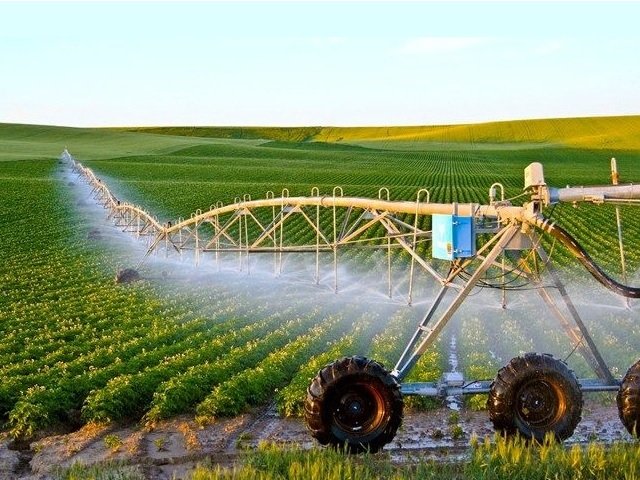AGRICULTURE the first profession of man was agriculture. Around the centres of agricultural production p grew several towns, cities and civilisations. In fa order to grow food crops such as peas, barley, flax, lentils and wheat early people domesticated the wild variety of plants. In the beginning, they did not practise settled agriculture. Gradually, people learnt how to g cultivate the same plot of land year after year. It became possible due to favourable condition for agriculture Approximately 50% of world’s working population is involve in agriculture.
ECONOMIC ACTIVITIES
Agriculture is said to be as an economic activity. There are four main groups of the economic activities Primary, Secondary, Tertiary and Quarter Ary. Agriculture and all other activities such as horticulture, poultry farming, domestication of cattle and other kinds of activities are known as Primary activities. Secondary activities are related with the processing of agricultural resources including manufacturing of synthetic substitutes from chemicals, manufacture of textile, steel, baking of bread are the examples of secondary activities. Tertiary activities connects among primary, secondary and Quarter Ary activities and provide services. Some examples of tertiary activities are transport, trade, insurance and banking. Quarter Ary activity is a new and emerging field based on high-tech, services including managerial services and knowledge based activities. Some examples of Quarter Ary activities are outsourcing and information technology.
FAVOURABLE CONDITIONS FOR AGRICULTURE we may observe in the map of distribution of arable land in which cultivation of crop is possible only in a limited area. Therefore, the factors which affect agricultural activity in the world require to be examined. Several favourable conditions are essential for the development of agriculture even today. These conditions can be categorised into two broad groups-physical and human.

(i) Physical Condition Three main physical conditions affecting agriculture are climate, soil and relief.
(a) Climate: The climate influences the agriculture through certain factors such as moisture, temperature, light and wind. Successful germination of seeds needs a certain temperature range which pervades in the starting of agricultural season.
(b) Soil: Soil holds water and nutrients required for plant growth.
(c) Relief: ‘Relief’ signifies to the land that projects from the flat ground below. Hence, altitude, slope of the land and its orientation play a significant role in tilling and cultivation of crops. High altitude usually receive more precipitation but steep slope of land connect favour agriculture. So, special type of farming may be practised.
(ii) Human Factors influencing Agriculture
The may be practised. These are also called social and economic factors or cultural factors. The ownership of land, farm size, mechanisation and availability of power are important factors influencing the type of agriculture. Level of economic development is also an important factor influencing agriculture. There are human factors that have considerably influenced agriculture in the 20th century. Mechanisation like use of tractors, hybrid seeds, fertilisers, pesticides and other innovations have played a major role in this field. Soil tests, pest resistant, genetic alteration to make crops mature quickly and cross breeding of plants have been made possible by Genetic Engineering. In developed countries, the size of farms is very big because population density is very low. They have also brought small scattered plots into one compact holding. Therefore, farmers are very rich. They carry farming like any business activity. Very few people are engaged in farming because machines are used for almost every activity.
ARABLE LAND
The above favourable conditions relate to topography of land, soil, climate and relief. They are vital for agricultural activity for growing crops. The land on which crops are grown is known as an arable land. In the map of arable land given below, you will notice that agriculture is carried only in certain parts of the world.

However, 45% of world’s population make their living through agriculture. The proportion varies from 2-4% in developed countries to about 60 80% in developing countries.



